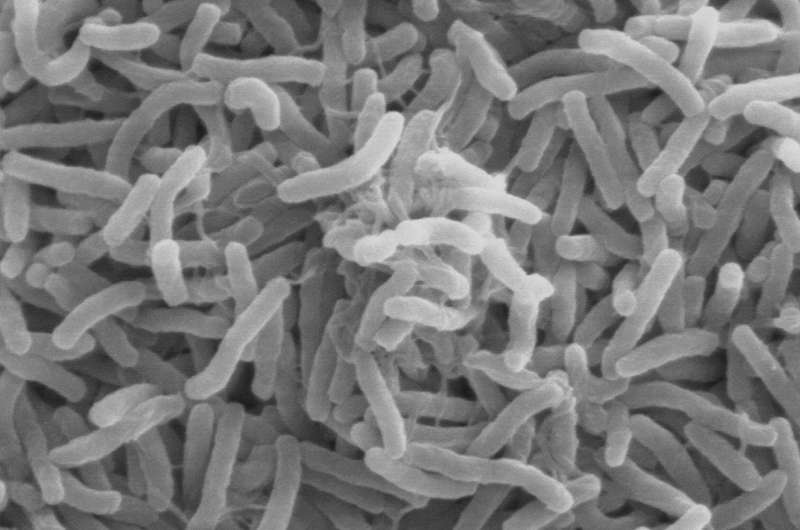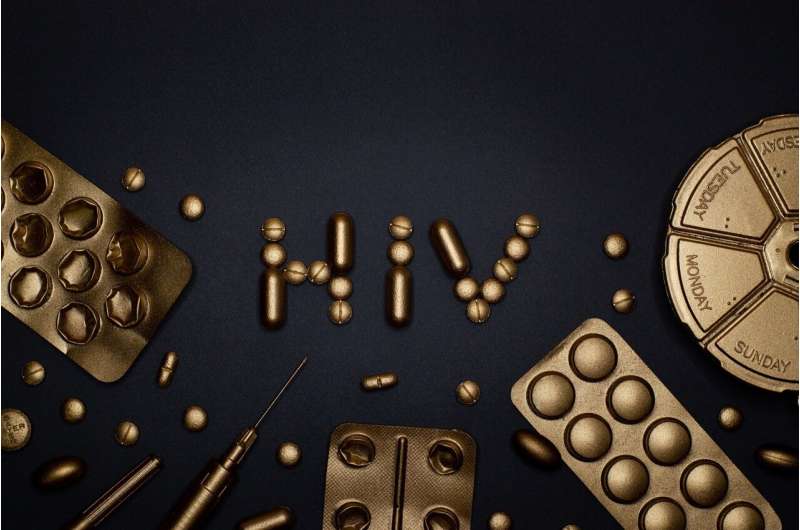Emerging Evidence on Blood Thinner Use Following Coronary Stenting

New research from the ESC Congress 2025 examines the safety and effectiveness of early aspirin withdrawal and P2Y12 inhibitor monotherapy after coronary stenting, highlighting potential benefits in bleeding reduction without significantly increasing ischemic risk.
Recent research presented at the ESC Congress 2025 provides new insights into the effectiveness and safety of blood-thinning strategies after coronary stenting in patients with acute coronary syndromes (ACS). The study examined whether discontinuing aspirin early and continuing with P2Y12 inhibitor monotherapy offers comparable protection against ischemic events compared to traditional dual antiplatelet therapy (DAPT) for 12 months.
In the NEO-MINDSET trial, conducted across 50 sites in Brazil, patients with ACS undergoing successful PCI with drug-eluting stents were randomized within four days of hospitalization to either stop aspirin and continue with a potent P2Y12 inhibitor (such as ticagrelor or prasugrel) or to maintain DAPT for a full year. The primary outcomes focused on the occurrence of death, myocardial infarction, stroke, or urgent revascularization, and major or relevant non-major bleeding.
The trial enrolled 3,410 participants with an average age of 59.6 years, nearly 30% women. Results showed that the ischemic event rates were slightly higher in the P2Y12 monotherapy group (7.0%) compared to the DAPT group (5.5%), but this difference did not reach statistical significance for noninferiority. Notably, bleeding events were significantly lower in the monotherapy group (2.0%) compared to the DAPT group (4.9%). While the incidence of all-cause death was similar between the groups, bleeding risk was consistently reduced with monotherapy.
A closer analysis revealed that the increased ischemic risk with P2Y12 monotherapy occurred mainly in the first 30 days after PCI, with comparable outcomes thereafter. Conversely, bleeding incidents were notably reduced both early and throughout the follow-up period in the monotherapy group.
The findings suggest that while immediate post-PCI aspirin withdrawal and P2Y12 monotherapy do not definitively match the ischemic protection offered by 12 months of DAPT, this strategy may substantially reduce bleeding risks. Clinicians should weigh these outcomes carefully when tailoring antiplatelet therapy for ACS patients.
These results contribute valuable evidence in the ongoing debate on optimizing antithrombotic strategies after coronary stenting, emphasizing the need for personalized treatment plans based on patient risk profiles.
Source: [https://medicalxpress.com/news/2025-09-trial-evidence-blood-thinners-coronary.html]
Stay Updated with Mia's Feed
Get the latest health & wellness insights delivered straight to your inbox.
Related Articles
Astatine-211: Pioneering Nuclear Solutions in Cancer Treatment
Researchers at Texas A&M University have developed innovative methods to produce and ship Astatine-211, a promising isotope for targeted alpha cancer therapy, overcoming significant technical challenges and opening new possibilities for precise radiation treatment.
WHO Reports Nearly 100,000 Cholera Cases in Sudan Amid Escalating Crisis
The WHO reports nearly 100,000 cholera cases in Sudan amid ongoing conflict, displacement, and worsening health conditions. Urgent action is needed to address the outbreak and humanitarian crisis.
Medicaid Policy Reversal Threatens Access to Housing and Nutritious Food for Vulnerable Populations
The Trump administration's rollback of Medicaid social service funding poses risks to vulnerable populations by limiting access to housing and nutritious food, potentially increasing health disparities and costs.
Harnessing Social Media Videos to Enhance HIV Prevention Among Youth
A new study reveals that short, positive social media videos can significantly enhance HIV prevention awareness among teenagers and young adults, promoting better engagement and understanding of prevention methods like PrEP.



